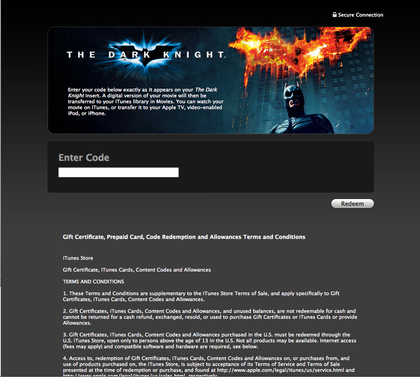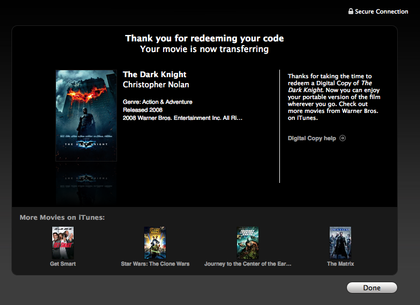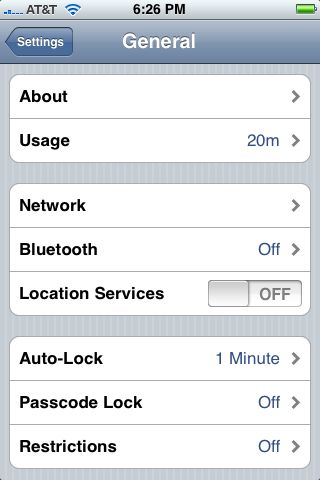The area I live in lost power last night at 6:30pm. Power wasn’t restored until 3pm this afternoon (21.5 hours later).
My landline stayed up, of course. So, communications was not a huge problem. My neighbor’s cable TV provide voice phone went down right away (also “of course”).
T-Mobile data services stayed up for a little while (under an hour perhaps?) but went down and stayed down until after power was restored. Since all my Windows Mobile smartphones and the Nokia N96 I’m using at the moment are on that service (1 SIM card that moves from device to device), that left the iPhone on AT&T Wireless’ service.
I didn’t have a chance to recharge the iPhone before the power outage started. But, fortunately, I had a pretty good charge. I turned off WiFi (GPS & Bluetooth were already turned off) to conserve the battery’s charge. I only used the iPhone sparingly over the next 21.5 hours often setting it to flight mode to maximize battery life.
More in my MobileAppsToday blog on this topic later.


